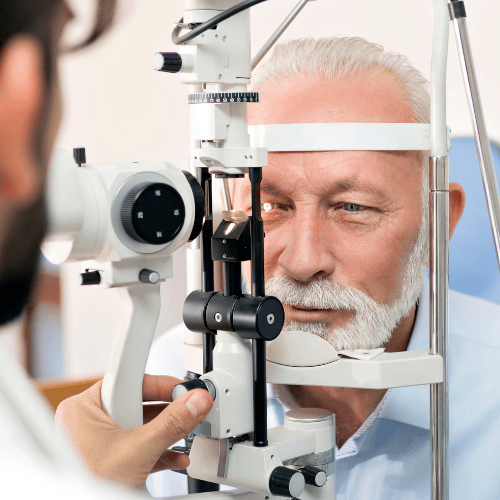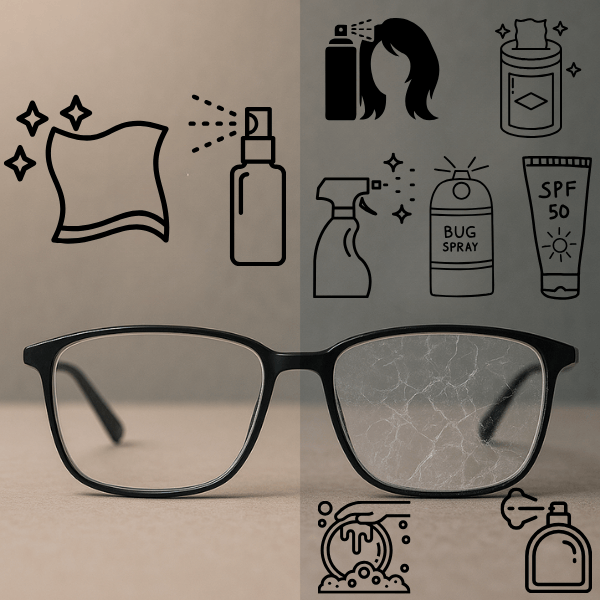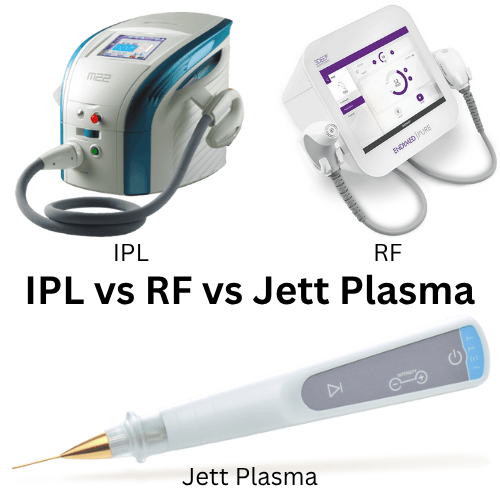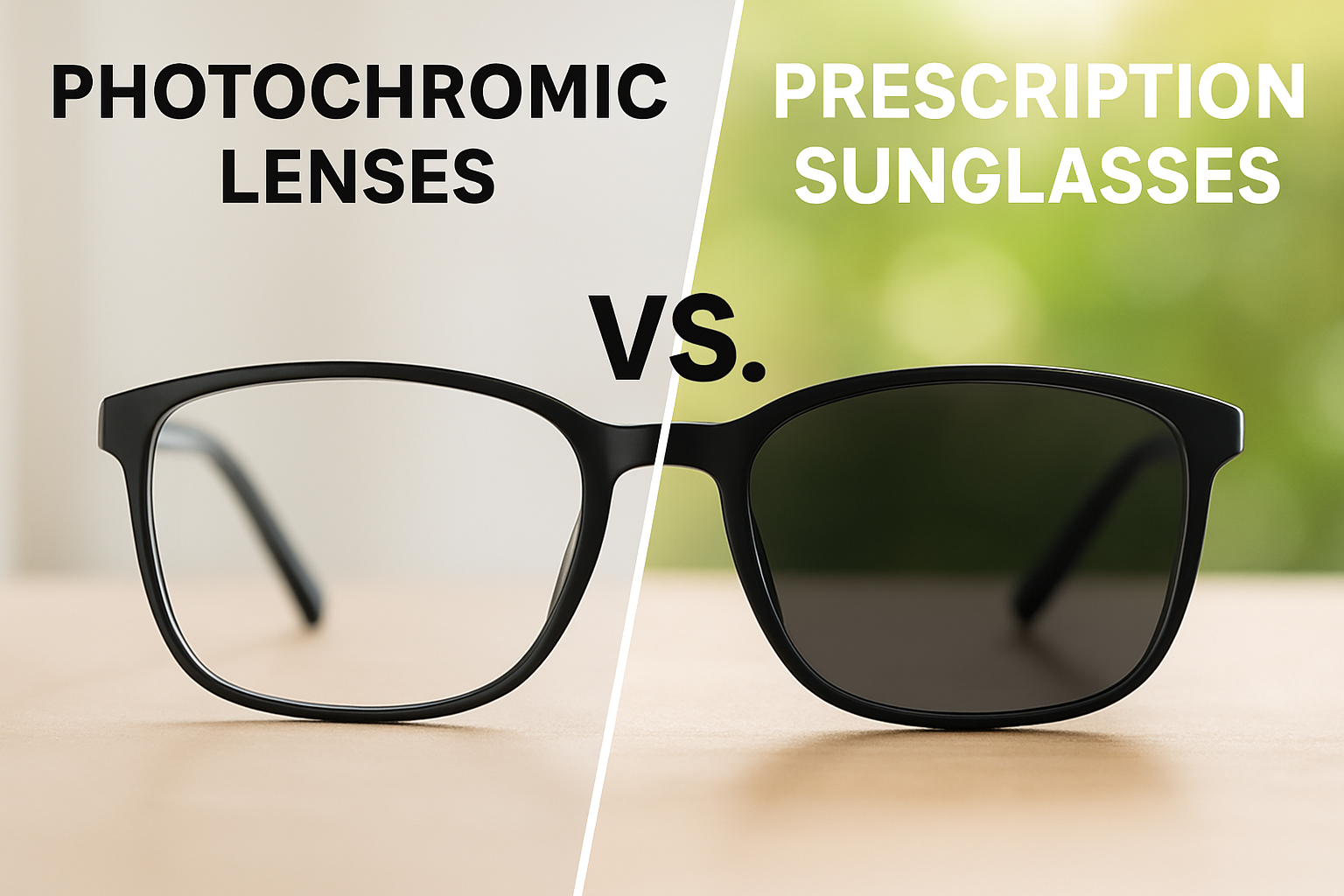Understanding Your Eyewear Prescription: What All Those Numbers Mean
Have you ever looked at your eyewear prescription and thought it looked more like algebra than anything related to your vision? Eyeglass and contact lens prescriptions can be confusing at first glance, but each part tells your optometrist exactly what you need to see clearly and comfortably.
What Is an Eyewear Prescription?
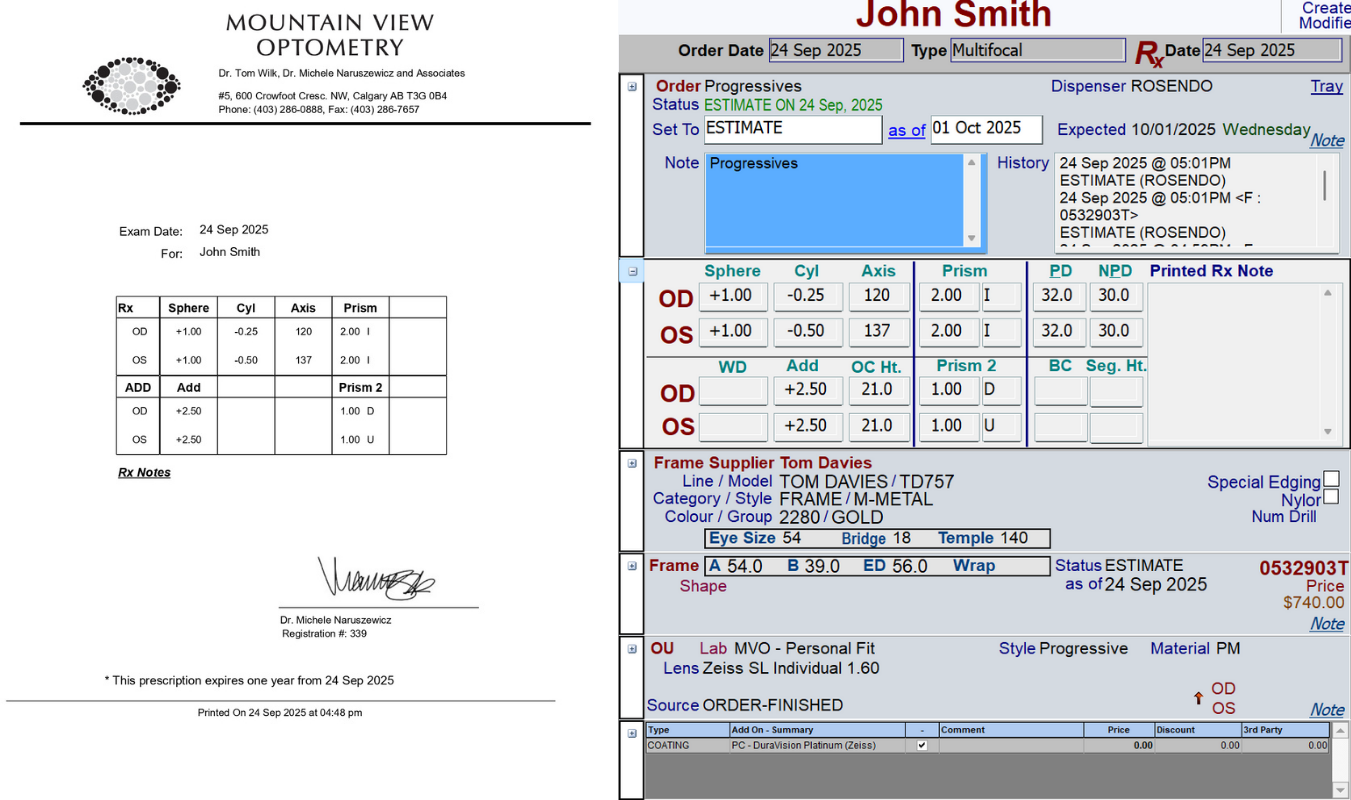
An eyewear prescription is a personalized set of measurements written by your optometrist following a comprehensive eye exam. It's used to create corrective lenses tailored to your unique vision needs. This prescription ensures your glasses or contacts correct common vision issues like nearsightedness, farsightedness, or astigmatism, helping you see clearly at all distances.
Breaking Down the Key Parts of Your Eye Prescription
OD and OS - Right Eye vs Left Eye
You’ll notice your prescription includes “OD” and “OS.” These are Latin abbreviations:
- OD (Oculus Dexter) = Right Eye
- OS (Oculus Sinister) = Left Eye
This helps your optometrist tailor correction individually for each eye.
SPH (Sphere) - Nearsightedness or Farsightedness
This number indicates whether you need correction for distance or near vision:
- Negative (-) values correct nearsightedness (you see better up close than far away)
- Positive (+) values correct farsightedness (you see better far away than up close)
SPH reflects the basic lens power, but it doesn’t tell the whole story. If you also have a high CYL (cylinder) value for astigmatism, that can significantly impact how clearly you see, even if your SPH is low. That’s why it's important to consider the full prescription when assessing vision clarity.
CYL (Cylinder) - Astigmatism Correction
If you have astigmatism, this value will appear. It measures the degree of irregular curvature in your cornea or lens, which can cause blurred or distorted vision. Correcting astigmatism gives you sharper, more stable vision.
Axis - Orientation of Astigmatism
This number shows the angle (from 1 to 180 degrees) where the astigmatism occurs. It's not a strength but a direction, used to align the lens properly for optimal clarity.
ADD - For Bifocals or Progressive Lenses
Often included for patients over 40, this number adds magnifying power to assist with close-up tasks like reading or computer work. It improves daily comfort by reducing eye strain when switching between distances.
Prism - Eye Alignment Correction
Prism is used in prescriptions for patients with eye alignment issues, which often cause double vision. It helps redirect light to the correct position on the retina, allowing both eyes to work together more comfortably. This is especially helpful in cases of strabismus or binocular vision disorders.
PD (Pupillary Distance) - Lens Alignment
This is the distance (in millimetres) between the centres of your pupils. It's essential for positioning your lenses correctly in the frames. Proper PD ensures your eyes align with the optical centre of the lenses, preventing strain and maximizing clarity.
Ocular Height - Vertical Lens Positioning
Ocular height (or fitting height) measures the vertical position of your pupils in relation to the frame. It’s especially important for progressive lenses or multifocal lenses. Proper ocular height ensures the different vision zones in your lenses align naturally with your line of sight, improving comfort and clarity throughout the day.
Why Understanding Your Prescription Matters
- Avoid costly mistakes when ordering glasses or contacts by spotting errors or inconsistencies
- Understand how your vision is changing, especially if you notice increased blurriness or discomfort
- Make informed choices when comparing lenses, coatings, or frame styles based on your exact needs
- Advocate for your eye health by asking smarter questions during exams and knowing when something feels off
What to Do If Your Prescription Changes
It’s normal for your prescription to change over time, especially as you age. If you notice blurry vision, headaches, eye fatigue, or difficulty focusing, it might be time for a new exam.
We recommend booking a comprehensive eye exam every 1 to 2 years to stay ahead of changes and protect your long-term eye health. Early detection also helps identify issues like glaucoma or retinal disease before symptoms appear.
Frequently Asked Questions
How often should I update my eye prescription?
Most adults should get their eyes checked every 1 to 2 years, or sooner if they notice vision changes. Children age 18 and under should be checked yearly, as their eyes may change more frequently as they grow.
Can I use the same prescription for glasses and contacts?
No. Contact lens prescriptions include extra measurements for lens fit, curvature, and material compatibility. They are often quite different from glasses prescriptions, especially with higher Rx’s.
What does a high SPH number mean?
A higher SPH value indicates a stronger corrective lens for more significant nearsightedness or farsightedness.
What is a normal eye prescription?
There’s no standard "normal". Each prescription is unique to your eye shape, vision needs, and lifestyle.

Written by Dr. Tom Wilk
About the Author:
Dr. Tom Wilk sees patients at his Cochrane location primarily. He developed the “Patient First” approach now adopted by all Doctors and staff at Mountain View Optometry. He obtained his Doctor of Optometry (OD) from the Michigan College of Optometry in 1994, and his B.Sc. from the University of Waterloo. A native of Toronto, Ontario, he came to Alberta in 1998, attracted by the opportunity to start an optometry practice in the only province that allowed ODs to practice within the full scope of their training.

